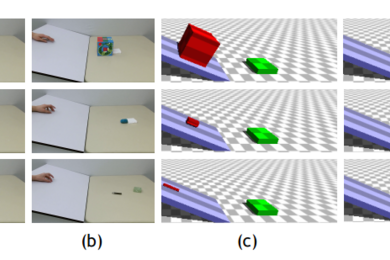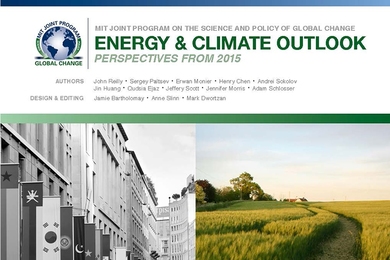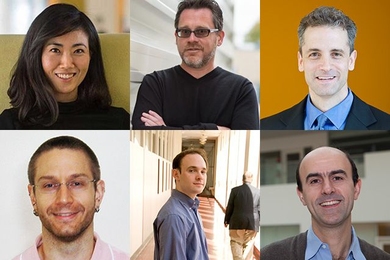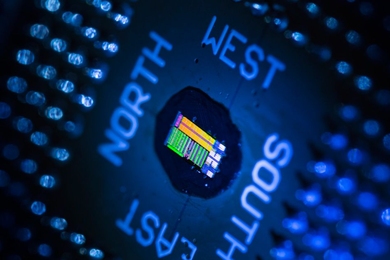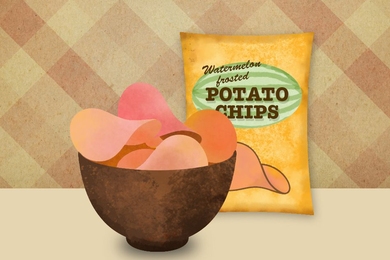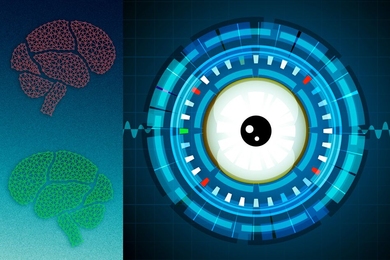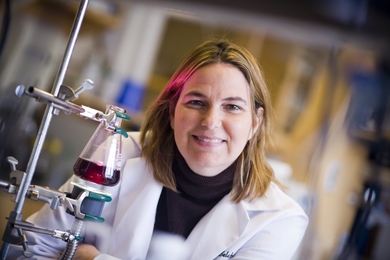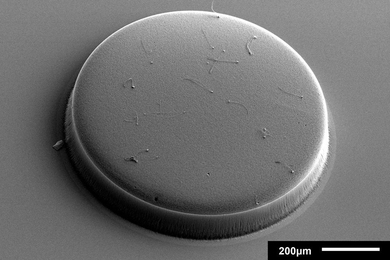Clearing the way for Floquet-Bloch states
Team demonstrates pure quantum-mechanical mixture of electrons and photons in the solid topological insulator bismuth selenide.
Computer model matches humans at predicting how objects move
“3-D physics engine” from the Computer Science and Artificial Intelligence Laboratory simulates the human brain to infer physical properties.
3 Questions: Neil Gershenfeld and the spread of Fab Labs
Ten years after launching Fab Lab, the project’s founder describes the program’s research, global impact.
New York magazine corrects misinformation about MIT Joint Program climate projection
"2015 Energy and Climate Outlook" sees international COP21 climate conference as progress, with more work ahead.
A healthy breakdown
Researchers discover how some organisms process oxalate, a molecule that can harm humans.
Global reductions in mercury emissions should lead to billions in economic benefits for U.S.
Benefits from international regulations may double those of domestic policy.
Top tweets of 2015
Best posts of the year on @MIT highlight our new humanoid robot, MIT women in engineering, an optics lesson for #TheDress, and more.
Optoelectronic microprocessors built using existing chip manufacturing
High-performance prototype means chipmakers could now start building optoelectronic chips.
Are you a “harbinger of failure”?
Study: Some consumers have an unerring knack for buying unpopular products.
Machines that learn like people
Algorithms could learn to recognize objects from a few examples, not millions; may better model human cognition.
Solar energy from discarded car batteries
An MIT development could benefit both the environment and human health.
MIT researchers author U.S. chapter of UNESCO Science Report
Stacy Springs and Shannon Stewart identify trends related to U.S. research and development funding and policy.
New device uses carbon nanotubes to snag molecules
Nanotube “forest” in a microfluidic channel may help detect rare proteins and viruses.
![“I was always very interested in current events and fascinated by what was happening in the world around me,” MIT historian Tanalís Padilla says. “My parents were very political. I considered myself quite a political being. … I think [living in] Mexico and the United States and seeing the contrast to be so great, especially in rural Mexico, made me aware [of politics] early on.”](/sites/default/files/styles/term_page__news_article/public/images/201601/MIT-Tanalis-Padilla_0.jpg?itok=yaccQLL2)

